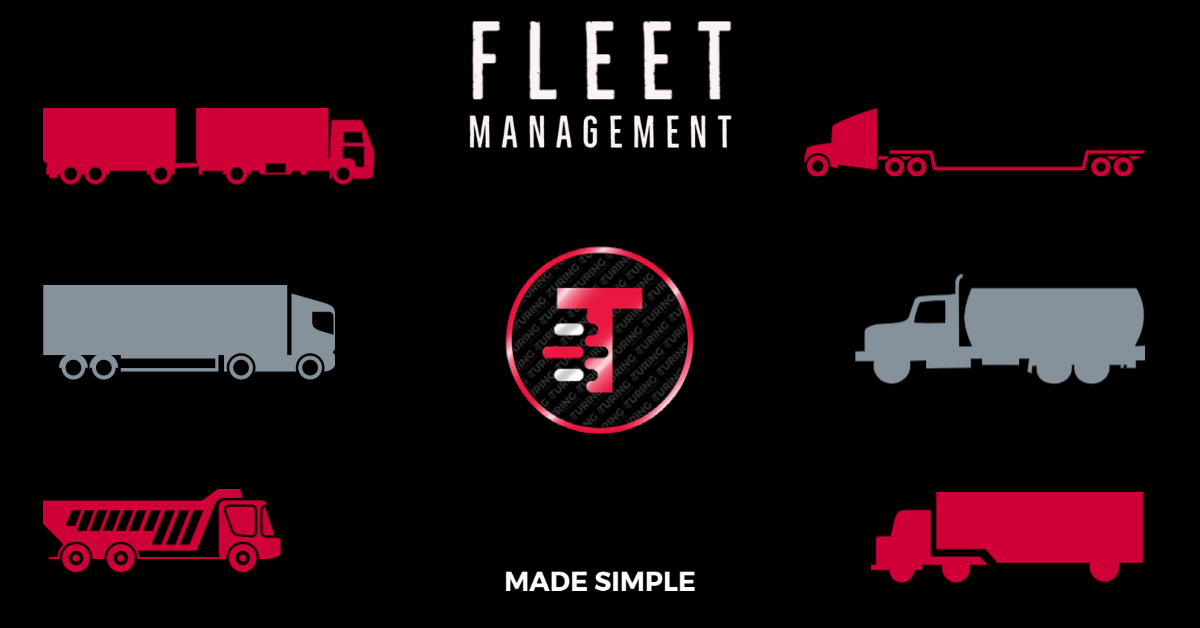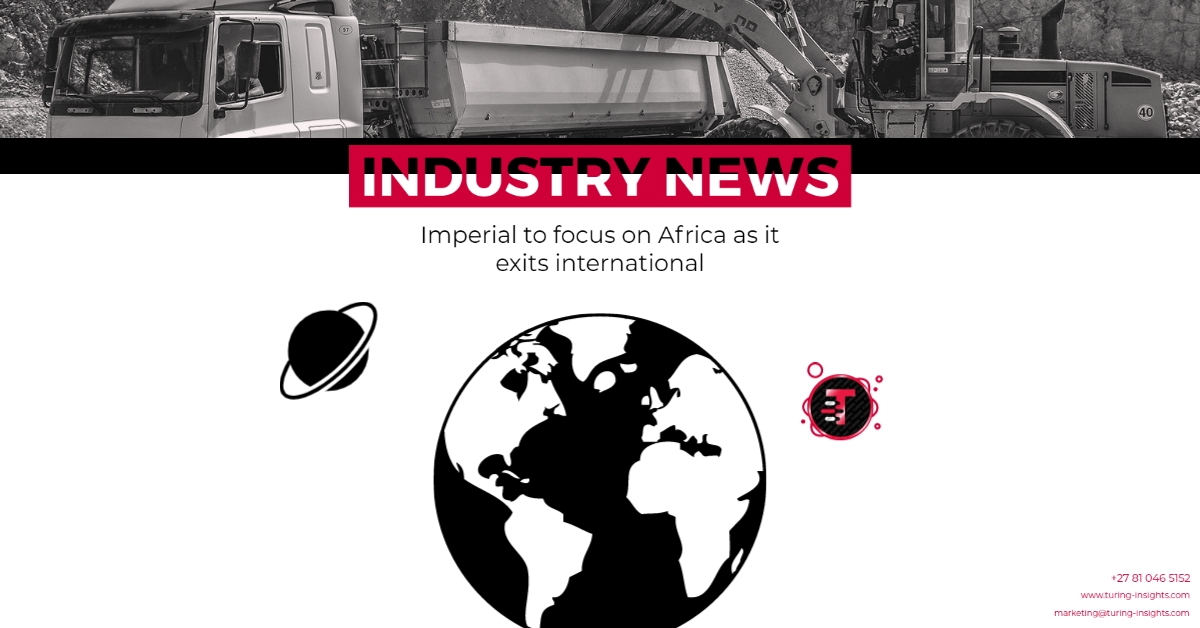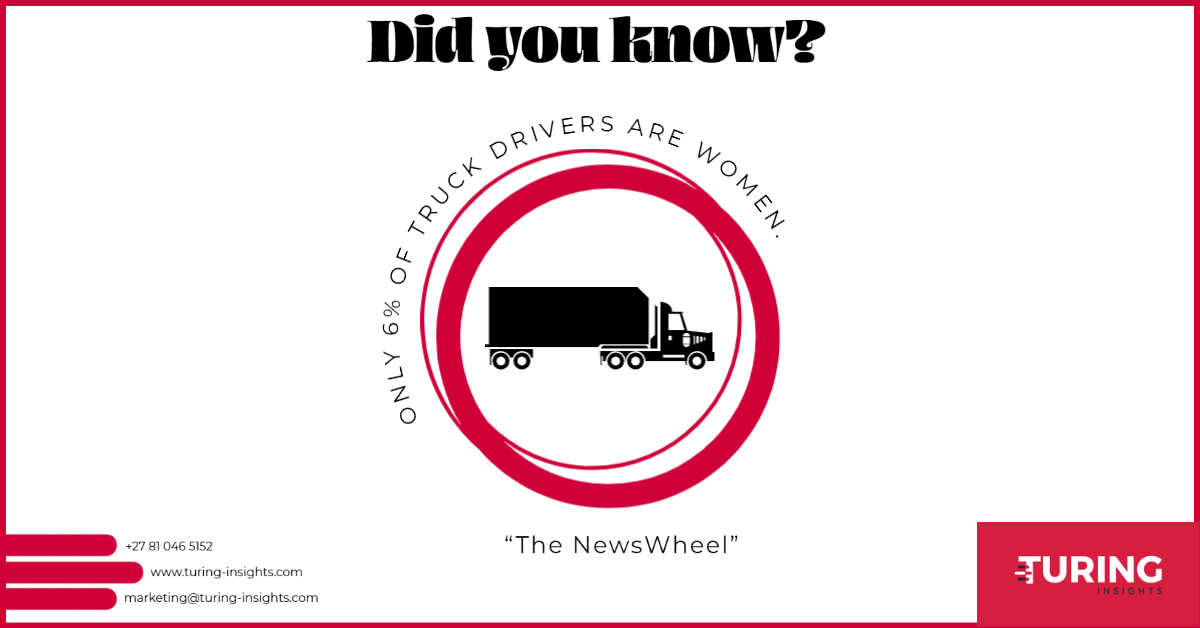Logistics fleet management challenges facing the industry today.
Logistics fleet management challenges facing the industry today that impact both productivity and profitability when managing a fleet.
As a fleet manager, efficiency is key. Unfortunately, most fleet managers find themselves immersed in tasks that are both time-consuming and add little to the bottom line of the company – if anything.
A recent survey of logistics fleet management challenges over a thousand companies across the EU and the USA found that SMEs are frustrated by the expense, time ineffectiveness, and potential for error that handling essential tasks manually often results in.
Related: How TomTom Telematics Can Keep Your Business Moving Forward
“Secondly, managers want digital solutions to take care of these jobs. These two things came up again and again,” says Beverly Wise, Sales Director UK, TomTom Telematics.
The study also found that:
- 59% of respondents agreed that reporting working times took up too much time
- Fuel and vehicle management was an area for concern, with 66% saying they could do more to reduce fuel costs
- 55% say their vehicle costs are higher than necessary.
Here are the top five challenges that fleet managers face in fleet management and how they can be overcome through telematics and workflow automation.
Excessive time spent on fleet management admin tasks
It might not appear as a cost on your financial statement, but time spent on administration tasks that aren’t core business activities is an expense that can easily add up when it comes to fleet management.
How you make more time for core fleet management activities
Paper-based systems add an additional layer of administrative duties to your tasks, which inevitably slows your processing time. Think about the last time you had to hunt through piles of paper or countless files for that specific quote?
The high cost of fuel
Fuel is a major cost for any company that runs a fleet. In South Africa, fuel has been on an upward price incline as a result of global increases, power outages, rising costs of crude oil, and an increase in fuel levies. During the first quarter of 2019, the fuel price increased by almost R3c/L. This translates into up to R280 spent on taxes each time a driver fills up a 50L tank.
Fleet managers and businesses are feeling the pain, with TomTom’s study revealing that fleet managers believe their vehicles are draining more money from the business than they should, with 34% of them agreeing that their company’s vehicle costs are higher than necessary.
How to manage fuel effectively
An important component of a fleet manager’s responsibilities is fuel management and finding ways to save on fuel costs and consumption.
You can only change what you track. Identify fuel consumption trends to reduce usage in your entire fleet. To do this you need to consistently:
- Track fuel consumption
- Check instances of overuse of fuel
- Monitor driver behaviour and how it impacts fuel consumption
- Implement digitisation through vehicle telematics to reduce fuel usage
Rising fleet vehicle maintenance costs
Vehicle maintenance is critical. Your fleet of vehicles needs to keep running smoothly to prevent unexpected breakdowns, which can be expensive. Even something as minor as not checking tyre pressures can result in knock-on costs – loss of tyre pressure costs you 3% of your mileage.
How to reduce fleet vehicle maintenance costs
When are your vehicles due for maintenance? If you’re not sure, this could be a bigger cost than you anticipate.
You have a lot on your daily to-do list and staying up-to-date with your fleet’s maintenance schedule and service requirements may be a time-consuming task, but without the correct workflow automation solution in place, it can also be expensive.
The right solution offers the benefit of regular service and maintenance reminders (based on date, mileage or even hours of use), which could help you save time and money.
Many fleet managers are also using digital solutions to monitor maintenance scheduling,
alerting them when a vehicle shows signs of malfunction, so that they can act before it suffers a costly breakdown.
Relaying messages accurately to fleet drivers
Communication with your drivers as a fleet manager can be challenging, because you’re often dealing with drivers out on the road, not onsite. Reaching your drivers via SMS, email, radio or phone isn’t always possible, making communication even more complex.
Miscommunication is common between fleet managers and their teams, and this can lead to assigned schedules not being followed correctly. In fact, 36% of fleet managers say that communicating the daily schedule to workers in the field takes up to 2 hours of their time every day, indicating a loss of productivity for fleet managers.
How to improve communication with your fleet drivers
Modern organisations are using software and digital solutions to streamline and simplify the way they manage their people in the field. While messages and orders can be sent with greater clarity to the driver, the vehicles can send automated updates back to the office regarding the status of the order and the estimated time of arrival (ETA).
Delivering to customers within the estimated time of arrival
More than 60% of fleet managers say the inability of field teams to follow assigned schedules has a negative impact on the business. Inaccurate estimated times of arrival for deliveries, in particular, can have a negative impact on the business’s reputation. Customers are no longer satisfied with rough estimations that span a few days – instead, they want to know the exact time window on the exact day that they will receive their goods.
Businesses need to adapt to consumer expectations, and fleet management assists in ensuring that quality customer service is provided. This is critical in terms of business survival, particularly when it comes to delivering within the estimated time of arrival.
Because of this, 40% of fleet managers find themselves spending up to 2 hours each day keeping customers informed of when to expect their deliveries, according to TomTom’s recent study.
How to calculate precise ETAs through digitisation
Digitisation and automation of processes and delivery vehicles will reduce logistics costs for standardised transport by 47% by 2030, according to a new report from PwC’s Strategy& consultancy.
Sourced originally from: “Entrepreneur“





This Post Has One Comment
I really like what you guys tend to be up too. This type of clever work and exposure! Keep up the fantastic works guys I’ve you guys to blogroll.|